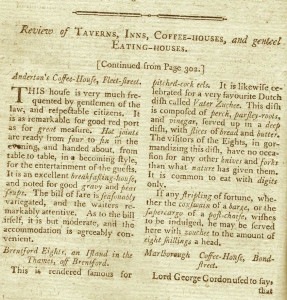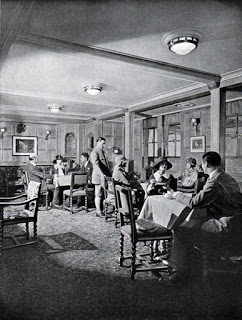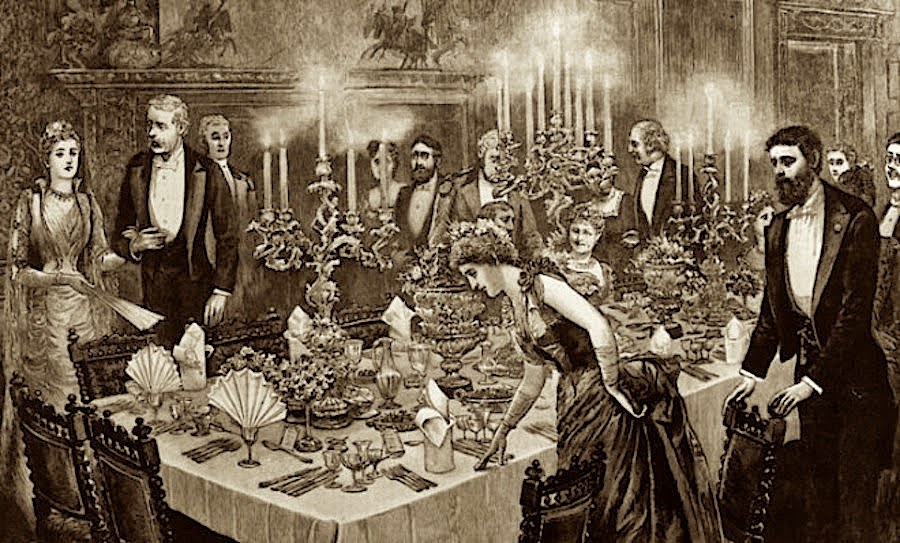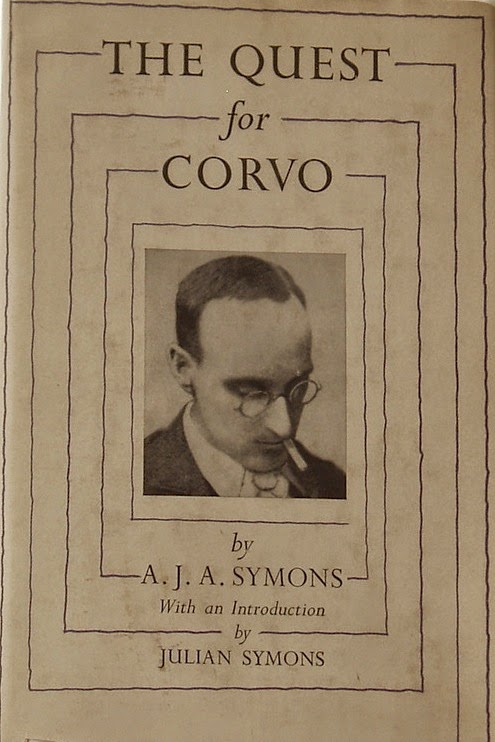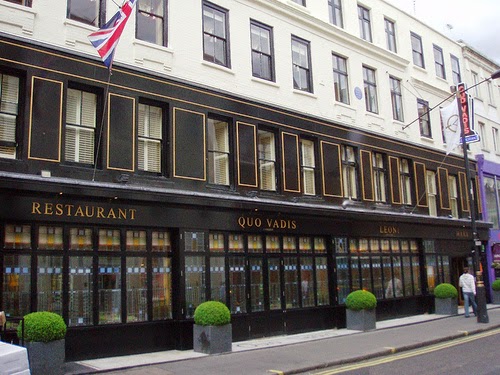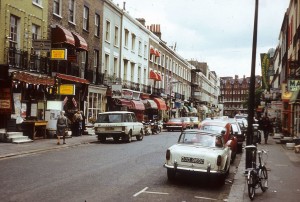 In his Good Food Guide of 1961-62 Raymond Postgate describes the trendy Parkes’ Restaurant at Beauchamp Place (above) in Kensington as ‘ a personal restaurant, dependent upon Mr Ray Parkes, the chef and owner, who offers in his basement at high prices what is claimed to be , and up to date is, haute cuisine.’
In his Good Food Guide of 1961-62 Raymond Postgate describes the trendy Parkes’ Restaurant at Beauchamp Place (above) in Kensington as ‘ a personal restaurant, dependent upon Mr Ray Parkes, the chef and owner, who offers in his basement at high prices what is claimed to be , and up to date is, haute cuisine.’
Postgate then complains of the ‘ exasperating whimsicality ‘ of such named dishes as ‘ Mr Goldstein’s Prawns’ (15/6), ‘Ugly Duckling’ (25/-), ‘Sweet Mysteries of Life’ (21/-). However, Postgate admires the fact that the ‘very inventive ‘ Parkes was always creating new dishes and provided such large helpings that ‘ the place isn’t quite as dear as it sounds’. Some Jot readers who dined at Parkes’ might recall what these whimsically named dishes actually were.
Parkes is credited with being a pioneer of the nouvelle cuisine revolution that properly began in the seventies, but the conventionally named dishes cited by Postgate, including ‘fillet of beef en croute’ and ‘duck and truffle pate’ don’t sound particularly ‘ nouvelle’. Nevertheless, in his time Ray Parkes was rightly considered an ‘original genius ‘. Egon Ronay described him as ‘ absolutely unique ‘, and the author of British Gastronomy, Gregory Houston Bowden, wrote: ‘ Many experts rate him almost on a par with the chef that he himself admired most, Ferdnand Point of the ‘Restaurant de la Pyramide’ in Vienne.
In addition to his eccentricy as a chef, Parkes was also unusual in that he had no licence. Diners were invited to bring their own wine. Another attraction for the many show-biz clientele that tended to eat at Parkes’ was the fact that it might be open until 2.30 in the morning. [R.M.Healey]



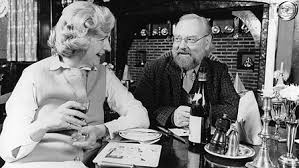
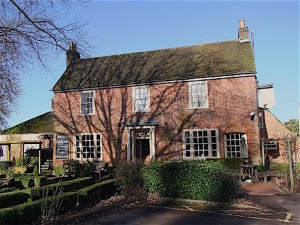 A few days ago we heard on the radio that there was much more violence during the Great Train Robbery of 1963 than has been reflected in the over-romanticised films about it. We also learnt that the notorious Leatherslade Farm, where the robbers held out, is no more.
A few days ago we heard on the radio that there was much more violence during the Great Train Robbery of 1963 than has been reflected in the over-romanticised films about it. We also learnt that the notorious Leatherslade Farm, where the robbers held out, is no more.
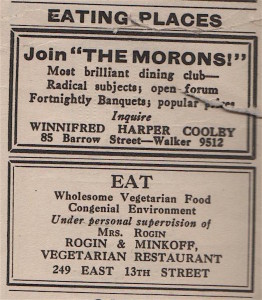
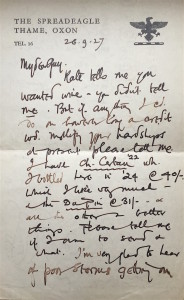
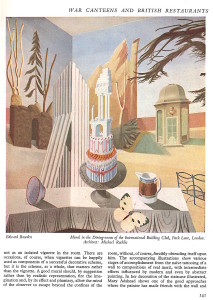 It is a sad fact that most of the best mural paintings executed in canteens, cafes and restaurants in the UK no longer exist. Unlike those executed for some public buildings, those in private premises are subject to the taste of those who take over the property. By far the most notorious example was, of course, the murals executed around 1913 on the walls of Rudolf Stulik’s Restaurant de la Tour Eiffel in Percy Street, just off Tottenham Court Road, by Wyndham Lewis, which were later painted over.
It is a sad fact that most of the best mural paintings executed in canteens, cafes and restaurants in the UK no longer exist. Unlike those executed for some public buildings, those in private premises are subject to the taste of those who take over the property. By far the most notorious example was, of course, the murals executed around 1913 on the walls of Rudolf Stulik’s Restaurant de la Tour Eiffel in Percy Street, just off Tottenham Court Road, by Wyndham Lewis, which were later painted over.